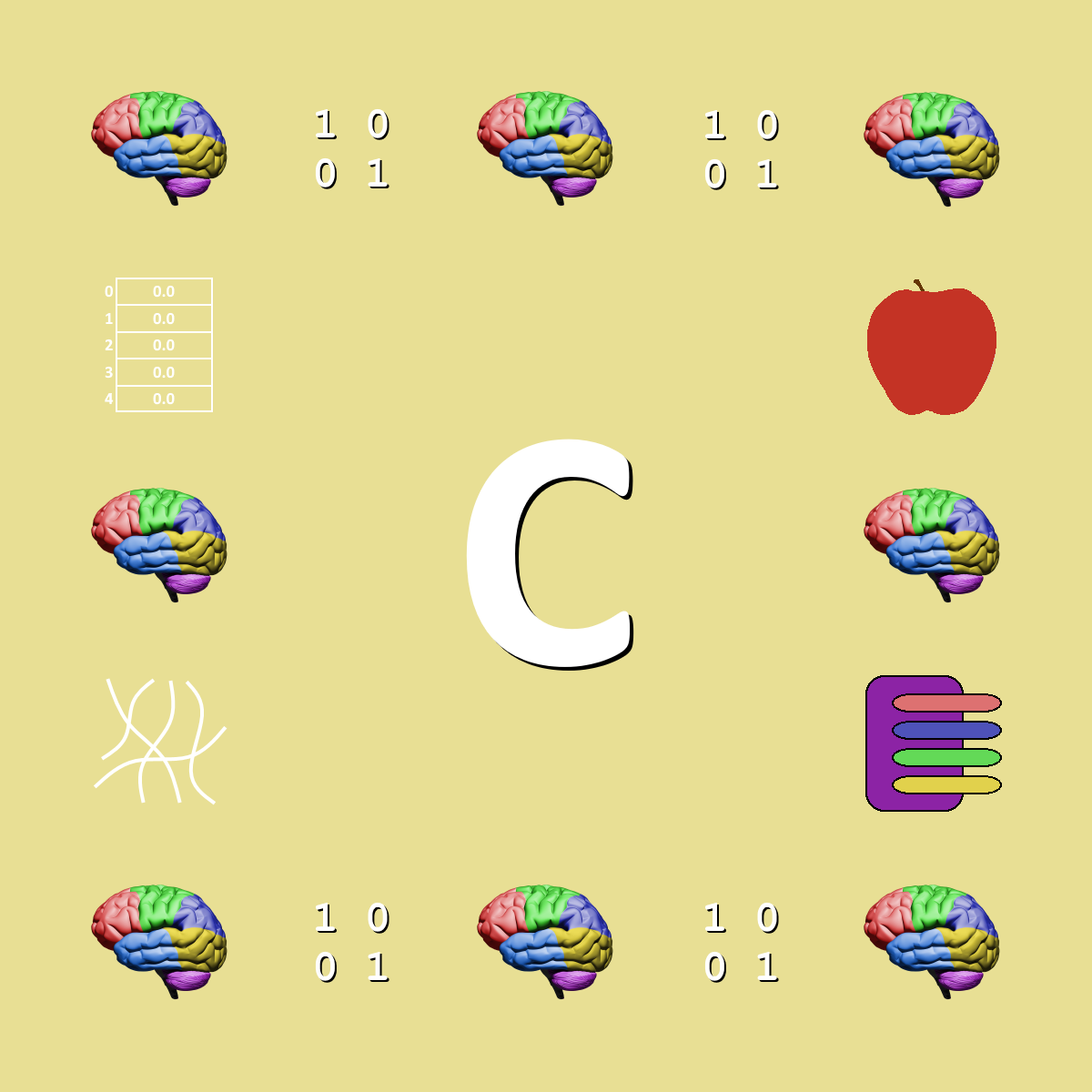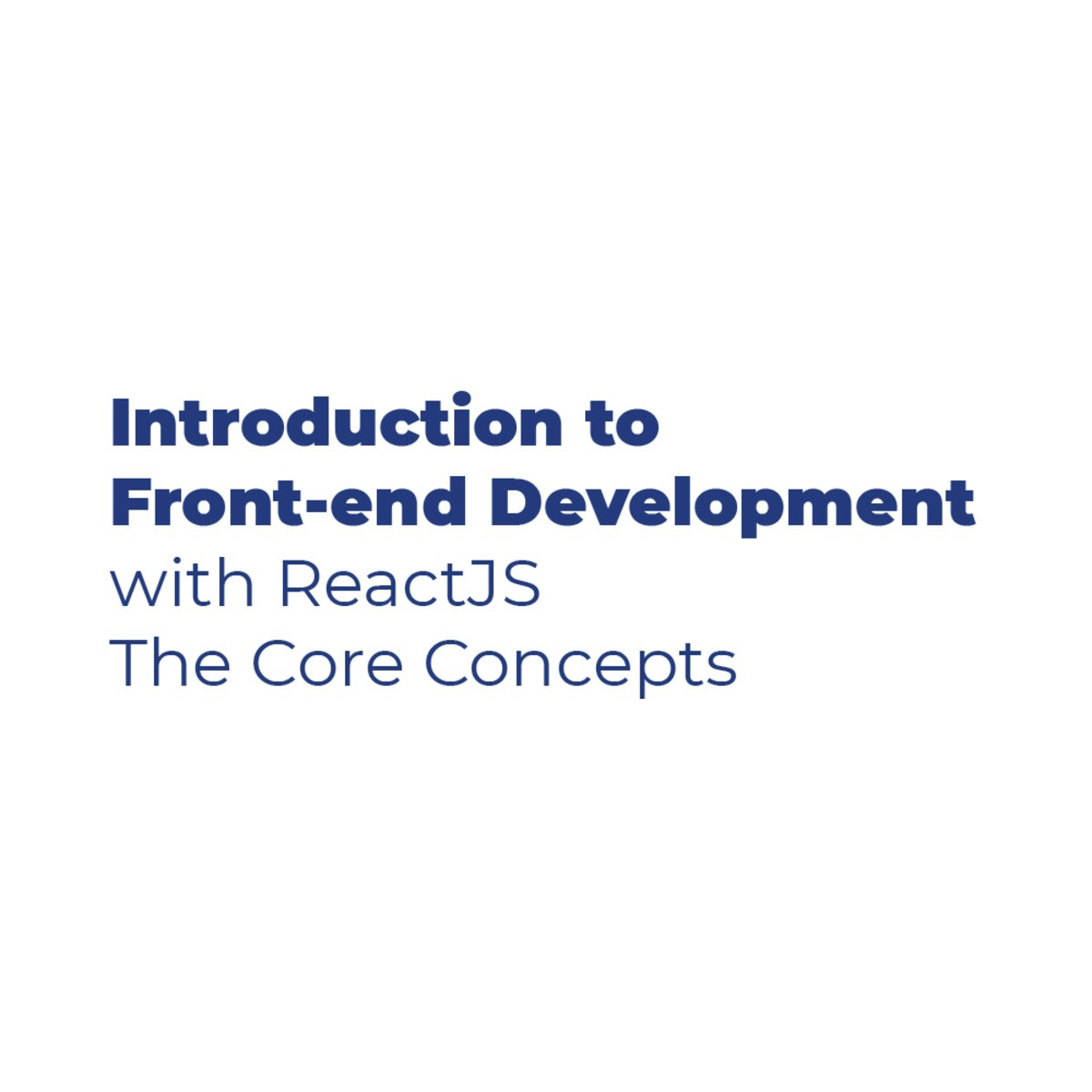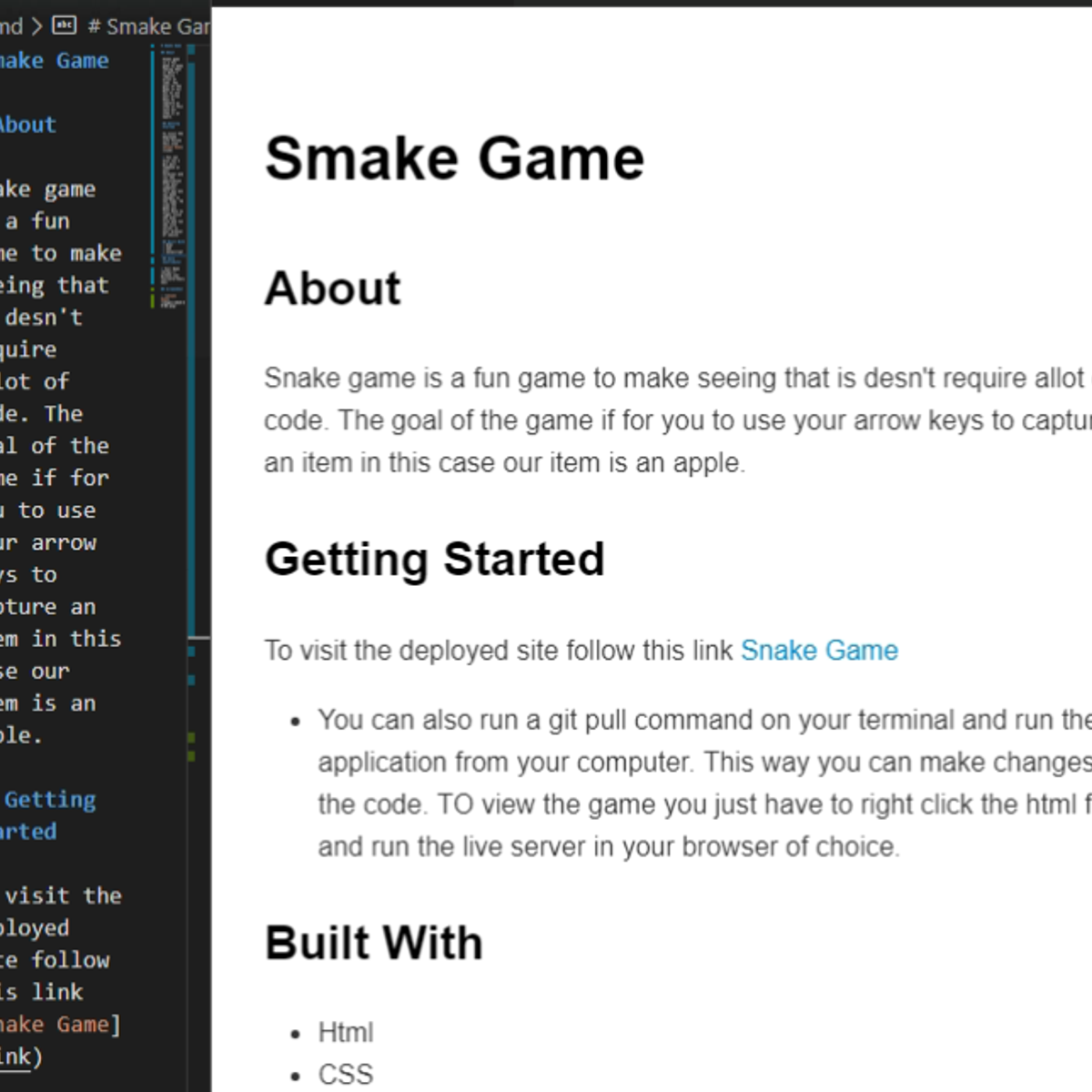Back to Courses









Computer Science Courses - Page 60
Showing results 591-600 of 2309

Building Navigational Workflows Using React
Forms are an essential part of modern-day workflow. They are the primary medium of collecting, validating, and storing user data to provide great user experience.
React library helps in developing forms using controlled components. Alternatively, open-source Libraries like Formik can be used for handling form input validations and form submissions efficiently.
Additionally, React library is supported by React Router library which facilitates developers to rapidly enable routing between components.
In this course, you will explore React forms, Formik library and React Router library for creating navigational workflows.

Abstraction, Problem Decomposition, and Functions
This course is the third course in the specialization exploring both computational thinking and beginning C programming. Rather than trying to define computational thinking, we’ll just say it’s a problem-solving process that includes lots of different components. Most people have a better understanding of what beginning C programming means!
This course assumes you have the prerequisite knowledge from the previous two courses in the specialization. You should make sure you have that knowledge, either by taking those previous courses or from personal experience, before tackling this course. The required prerequisite knowledge is listed below.
Prerequisite computational thinking knowledge: Algorithms and procedures and data collection, analysis, and representation
Prerequisite C knowledge: Data types, variables, constants; STEM computations; selection; and iteration (looping)
Throughout this course the computational thinking topics you'll explore are abstraction, which is deciding which details matter for the problem you're trying to solve, and problem decomposition, which is about breaking large problems into smaller sub-problems to handle complexity. For the programming topics, you'll continue building on your C knowledge by practicing using arrays, which let you store multiple values in a single variable, and strings, which are arrays of characters. You'll also learn how to implement functions, which are the mechanism we use for problem decomposition in our C programs.
Module 1: Learn about arrays as a way to store multiple values in a single variable
Module 2: Discover how we store and process strings (arrays of characters)
Module 3: Explore abstraction and problem decomposition
Module 4: Use functions to implement problem decomposition in your code

Build social awareness content for Twitter with Canva
At the end of this project, you will have all the basic skills to create Twitter content to raise awareness and inform your audience using Canva, an online tool for creating and editing Marketing visuals. You will be able to create customizable graphic content using the various design tools, colors and graphics offered by Canva.

Introduction to Front-end Development with ReactJS
In this 1-hour long project-based course, you will learn about React Basics & Theory, Initialization, React Router, Components, Hooks, State, and deployment with Netlify. You should know basic HTML & CSS before beginning this project. For development, your cloud desktop will come installed with Visual Studio Code.
Note: This course works best for learners who are based in the North America region. We’re currently working on providing the same experience in other regions.

Fundamental Linear Algebra Concepts with Python
In this course, you'll be introduced to finding inverses and matrix algebra using Python. You will also practice using row reduction to solve linear equations as well as practice how to define linear transformations. Let's get started!

Create an interactive fiction adventure game with Python
In this 2-hour long project-based course, you will learn how to create an interactive fiction text adventure game in Python, the basics of programming and of Python language.
Note: This course works best for learners who are based in the North America region. We’re currently working on providing the same experience in other regions.

Perfecting your Readme
In this 2-hour long project-based course, you will learn how to (Learn will be introduced to a Readme doc script by creating a game through Github, Learn will know Markdown language for a Readme on Visual studio Code and what VScode extensions assist with the Readme doc script, Learn will write html code for a game. Review its functionalities live and begin the Readme writing process, Learn will write a full Readme for their coding project, add images to their Readme and preview it.)
Note: This course works best for learners who are based in the North America region. We’re currently working on providing the same experience in other regions.

Control of Nonlinear Spacecraft Attitude Motion
This course trains you in the skills needed to program specific orientation and achieve precise aiming goals for spacecraft moving through three dimensional space. First, we cover stability definitions of nonlinear dynamical systems, covering the difference between local and global stability. We then analyze and apply Lyapunov's Direct Method to prove these stability properties, and develop a nonlinear 3-axis attitude pointing control law using Lyapunov theory. Finally, we look at alternate feedback control laws and closed loop dynamics.
After this course, you will be able to...
* Differentiate between a range of nonlinear stability concepts
* Apply Lyapunov’s direct method to argue stability and convergence on a range of dynamical systems
* Develop rate and attitude error measures for a 3-axis attitude control using Lyapunov theory
* Analyze rigid body control convergence with unmodeled torque

Recreate the First Ever Easter Egg from Adventure in Unity
In this one-hour, project-based course, we will recreate the first ever "Easter Egg" in game development history!
Easter Eggs in video games are hidden features that can be revealed by pressing a combination of buttons, completing a task in a certain way or exploring remote or obscure areas of a game. They can be hidden messages from the programmers, hidden music tracks or art, even a complete hidden level.
In this guided project, we will recreate the Easter egg secretly created by developer Warren Robinett in Atari’s 1980 game, Adventure! You'll learn how to set up a simple 2D environment similar to rooms from the original game; how to make the player move with the keyboard and enable the player to pick up and drop objects in the same way as Adventure!; and how to write a C# script that will reveal the Easter egg once all the requirements are met.
Note: This course works best for learners who are based in the North America region. We’re currently working on providing the same experience in other regions.

Introduction to Imagemaking
This course for serious makers, and for students new to imagemaking. Imagemaking is a fluid and exciting area of graphic design that comes out of practice and process: experimenting fearlessly, showing and sharing ideas, and giving and receiving knowledgeable and constructive input.
For the sake of this online platform, we have applied some structure to our investigations, but for the most part imagemaking is loose and unstructured. If we must adopt a rule in this course it is only this: you will not become a graphic designer by watching videos alone. Or, don't just make stuff just in your head. So here, the focus here is on making, and you are expected to devote serious time and intellectual energy to that activity in this course. Specifically, you will:
- experiment with a range of materials and techniques to make images for graphic design
- expand your visual vocabulary both in terms of making and talking about work, in order to discuss your work and work of others
- learn how to make, manipulate and arrange images to create compositions, eventually culminating in the design and production of an-image-based book.
The first half of the course is an opportunity to experiment and explore imagemaking in order to expand your visual vocabulary. You will create pieces that are expressive, meditative, or 'design-y' to instigate, evoke, experiment, record, explain, or try out a media.
In the second two weeks, we’ll invite the images to deliberately and intentionally carry meaning and communication through relational moves like juxtaposition, composition, and context. We’ll look at developing and expanding the range of approaches for putting things together by composing page spreads with your images. Since nothing exists without context, we look at how to intentionally drive the image’s connotations, meanings, and associations generated through elements of composition and “visual contrasts.” Ultimately, we will take the images that you create and make a book from them.
The results of your assignments (and experiments) may generate something completely unknowable now or in the future—and that's the goal.
